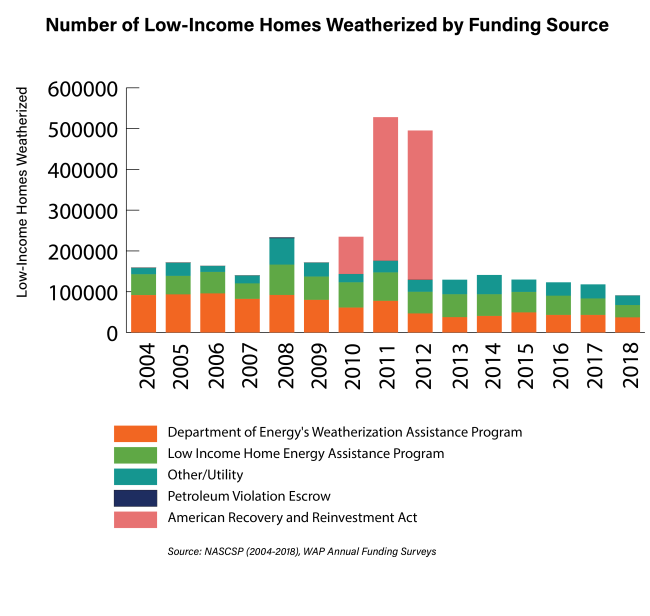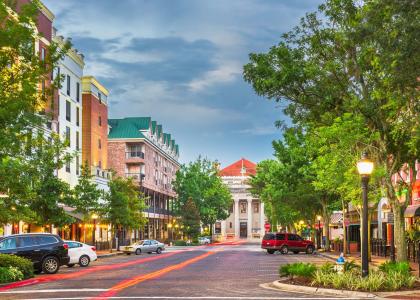As the summer heat increases home cooling needs and energy bills for many families, the Department of Energy’s Weatherization Assistance Program (WAP) can cut costs, but it remains dramatically underfunded.
Home weatherization provides a long-term, much-needed solution for energy affordability for many low-income families who live in older buildings with less-efficient appliances and equipment. It also improves comfort and health at a time when more people are staying home during the COVID-19 pandemic and creates jobs, which are badly needed now. Even though weatherization reduces energy bills and provides health benefits, such as reduced asthma risk, funding from the Department of Energy (DOE) for WAP doesn’t currently meet the demand and needs of low-income households.
The National Association for State Community Services Programs’ (NASCSP) most recent funding survey, published in May, estimates that WAP funding from DOE and other leveraged sources weatherized 90,541 homes in 2018. About 30% of U.S. households, or 38.6 million households, are eligible for weatherization. This means that only about 0.2% of low-income households in the United States receive much-needed weatherization services each year.
NASCSP’s funding survey also shows that WAP’s funding has increased in recent years, but not enough to meet the overwhelming need. In addition, the weatherization program has wisely shifted in recent years to focus on deeper, more comprehensive retrofits and stronger quality work plan and inspection requirements, all of which can save more energy and reduce costs further. Because of this greater investment per home, the number of homes weatherized annually has actually decreased.
Weatherization funding can and should be increased. Just last week, the U.S. House of Representatives passed an infrastructure bill that called for a significant increase in program funding, up to $1 billion in 2025. Congress is also working to set weatherization funding levels for the upcoming fiscal year.
Increased investment in weatherization through federal programs, utility ratepayer-funded programs, and other sources can help revitalize our economy in recession by creating jobs, improving community resilience and public health, and reducing the wealth gap and energy insecurity.
ACEEE’s Energy Efficiency Impact Report, published in December 2019, includes additional data related to energy efficiency investments and impacts over time.




